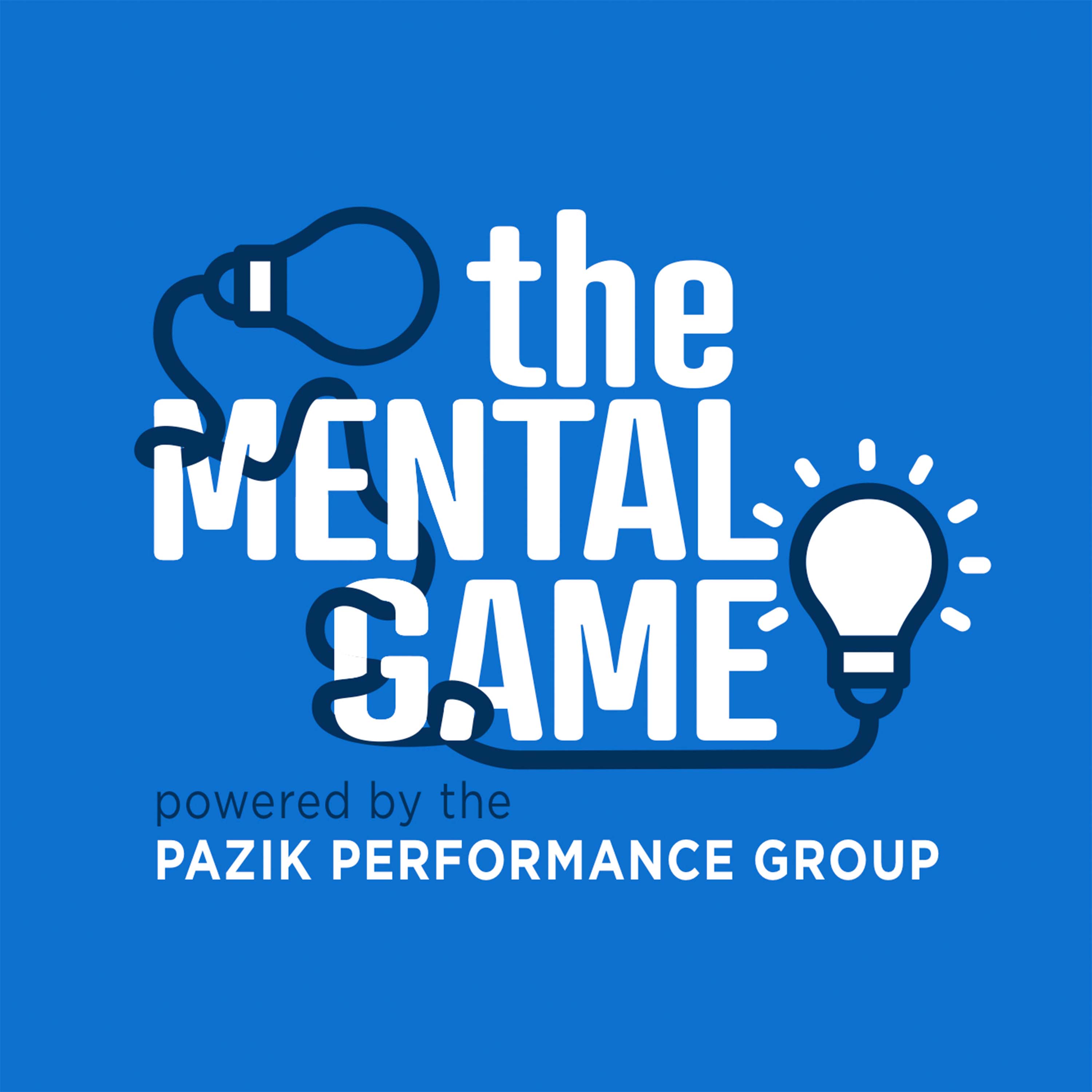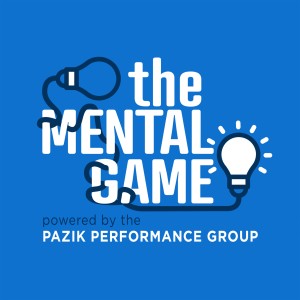

27.8K
Downloads
424
Episodes
If you want to improve your confidence, culture, or communication within yourself, business, team, or your sport like baseball, softball, basketball, bowling, etc., then this is the podcast for you. Monday through Saturday we‘re putting out a quick hitter-episode for you to mentally prepare and learn more about sport psych and mental performance.
Episodes

Tuesday Aug 31, 2021
#214 - Daily MG - This Is Your Brain On Sports - 2 of 6
Tuesday Aug 31, 2021
Tuesday Aug 31, 2021
Thanks for listening. The Mental Game Enthusiasts are chatting on facebook. Search mental game enthusiasts on facebook and get in on the discussion. See you in there!
"Lardon walked us through the basic effects of arousal. "Think of the brain as a series of highways," he explained. "You've got the thalamus - you can think of that as a relay station; the cortex, a place where consciousness, attention, and processing occue; and the amygdala, which also helps with decisions but plays a big role in all emotional responce." Under non-arousing circumstances, Lardon said, the following oversimplified series of events might occur: We perceive a stimulus in our environment; it's relayed to the thalamus; the cortex helps us digest it and ponder, at least briefly, the potential repercussions of how we might respond; the amygdala weighs in if an emotional response is called for; and we respond. Following this examples, Lardon continued, "you decide that it's best not to give the umpire the finger becuase there are consequences, so you don't do it... you just don't go crazy." Arousal, Lardon says, "short circuits that pathway," making us more prone to outbursts (such as flipping off that ump). When the arousal is sexual, emotion and imagery inundate the cortex, "revving it up," as Lardon put it. In the midst of this bombardment of excitement? The cortex is flooded, distorting rational thinking. "Bottom line is, you don't think the best," said Lardon. But in many respects, the effects of competitive arousal are potentially more dramatic, Lardon suggested to us. Referring to the thalamus, the brain's relay station, "the fight or flight type response blows open the gate - going directly to the amygdala, or 'fear factory' - and we don't really go through the cortex at all," he explained. So while the brain ordinarily takes the high road from thalamus to cortex to amygdala, a tense and anxiety-producing situation sends us down the lower express route from thalamus directly to amygdala. From an evolutionary perspective, this rerouting switch has served us well: When the prehistoric caveman saw the dangerous bear, he didn't stop to ponder various courses of action; the amygdala told him to be fearful and run... but when the modern caveman takes a questionnable called third strike in the late innings of a playoff nail-biter, he blows open this very same gate. And bypassing the cortex means an increased chance that the batter, too, gets bypassed - for the duration of the game, after being ejected for cursing out the ump." - Sam Sommers
No comments yet. Be the first to say something!